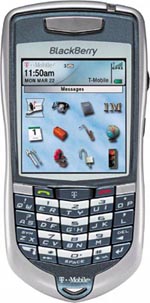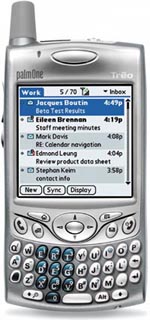A Brief History of Text
|
| The very first text message was sent in December 1992yes, over a decade ago, when T.L.C. was at the top of the pop charts. SMS was launched commercially in 1995, and by 2002 over a billion text messages were being exchanged globally per day. By 2003, that figure had jumped to almost 17 billion. One reason mobile phone carriers continue to push text messaging is that they derive up to 20% of their annual revenues[*] from texting. Most carriers charge 10 cents per text message sent beyond what is included in the subscriber's plan. That's a good-sized chunk of change. Also consider that 94% of 16-24 year oldsa large part of their subscriber baseuse text messaging regularly.[*] Many of these individuals send on average 100 messages per month. According to statistics from the Mobile Data Association (MDA), U.K. mobile phone owners alone send over 55 million text messages on a typical day. In a nutshell, there's a whole lotta texting goin' on, and a whole lotta money changing hands.
And it's not showing any signs of slowing. Other services that deliver information via SMS are beginning to emerge. Yahoo!, for example, has a text-messaging service that allows its subscribers to receive stocks, weather, news, and sports information at predetermined times. For example, every day you can have your favorite five stocks pop up on your phone, or every morning at 8 a.m. have the day's forecast delivered. These types of services boggle the mind, and could never be accomplished with voice.
The Blackberry, left, and the Treo 650, right, are two of the most popular smart phones.
|
|
EAN: N/A
Pages: 78

